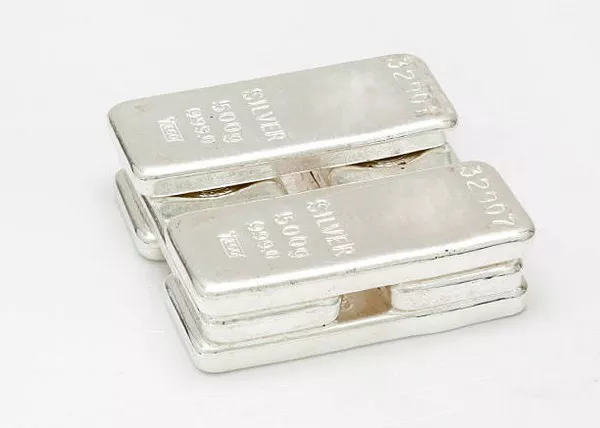Silver has long been regarded as a valuable asset, prized for its intrinsic worth and historical significance. Dating back thousands of years, silver has been used as money, jewelry, and in various industrial applications. Its enduring allure as a store of value makes it an attractive option for investors seeking to diversify their portfolios.
Throughout history, silver has maintained its purchasing power, making it a reliable hedge against inflation and economic uncertainty. Unlike fiat currencies, which can be subject to devaluation and instability, silver possesses inherent value that transcends geopolitical boundaries.
Advantages of Silver Investment:
Investing in silver offers several distinct advantages, particularly as a hard asset. Unlike paper investments such as stocks or bonds, silver is a tangible asset that holds intrinsic value. This means that regardless of economic conditions, silver retains its worth, providing a safeguard against market volatility.
One of the primary advantages of silver is its affordability relative to other precious metals like gold. While gold is often seen as the ultimate store of value, its higher price point can be prohibitive for many investors. Silver, on the other hand, offers a more accessible entry point while still providing similar wealth preservation benefits.
Furthermore, silver boasts a myriad of industrial applications, ranging from electronics and solar panels to medical devices and water purification systems. This dual demand as both a monetary metal and an industrial commodity lends additional stability to its value proposition.
Types of Silver to Consider:
When considering silver investments, investors have several options to choose from, each with its own unique characteristics and benefits.
1. Silver Coins:
Silver coins are minted by sovereign governments and are recognized worldwide for their purity and authenticity. Examples include the American Silver Eagle, Canadian Silver Maple Leaf, and Austrian Silver Philharmonic. These coins typically contain one troy ounce of .999 fine silver and are highly liquid, making them an ideal choice for investors looking to buy and sell with ease.
2. Silver Bars:
Silver bars are available in various sizes, ranging from small 1 oz bars to larger 100 oz bars. These bars are typically made of .999 fine silver and carry a lower premium over the spot price compared to coins. Silver bars are favored by investors seeking to acquire larger quantities of silver at a lower cost per ounce.
3. Silver Rounds:
Silver rounds are similar to coins but are not minted by governments. Instead, they are produced by private mints and often feature unique designs or themes. While not considered legal tender, silver rounds are still highly sought after by collectors and investors alike. Their aesthetic appeal and lower premiums make them a popular choice for those looking to diversify their holdings.
4. Junk Silver:
Junk silver refers to pre-1965 US coins that contain 90% silver content. These coins, such as dimes, quarters, and half dollars, were once used as circulating currency and are now valued for their silver content. Despite their worn condition, junk silver coins are highly collectible and offer investors a unique opportunity to own a piece of history.
Storage and Accessibility:
When investing in silver, storage and accessibility are important considerations. While some investors prefer to take physical possession of their silver holdings, others opt for private vault storage for added security and convenience. Vaults offer protection against theft, loss, and damage, ensuring that investors’ assets are safeguarded at all times.
Furthermore, stored silver holdings are highly liquid, meaning they can be easily bought or sold when needed. This liquidity provides investors with the flexibility to capitalize on market opportunities and manage their portfolios effectively.
See also A Comprehensive Guide to Buying Silver
In conclusion
Investing in silver offers a range of benefits, from its historical use as money to its intrinsic value and industrial applications. By understanding the various types of silver available and considering factors such as storage and accessibility, investors can make informed decisions to diversify their portfolios and protect their wealth for the long term. Whether acquiring silver coins, bars, rounds, or junk silver, the enduring appeal of silver as a tangible asset makes it a valuable addition to any investment strategy.


